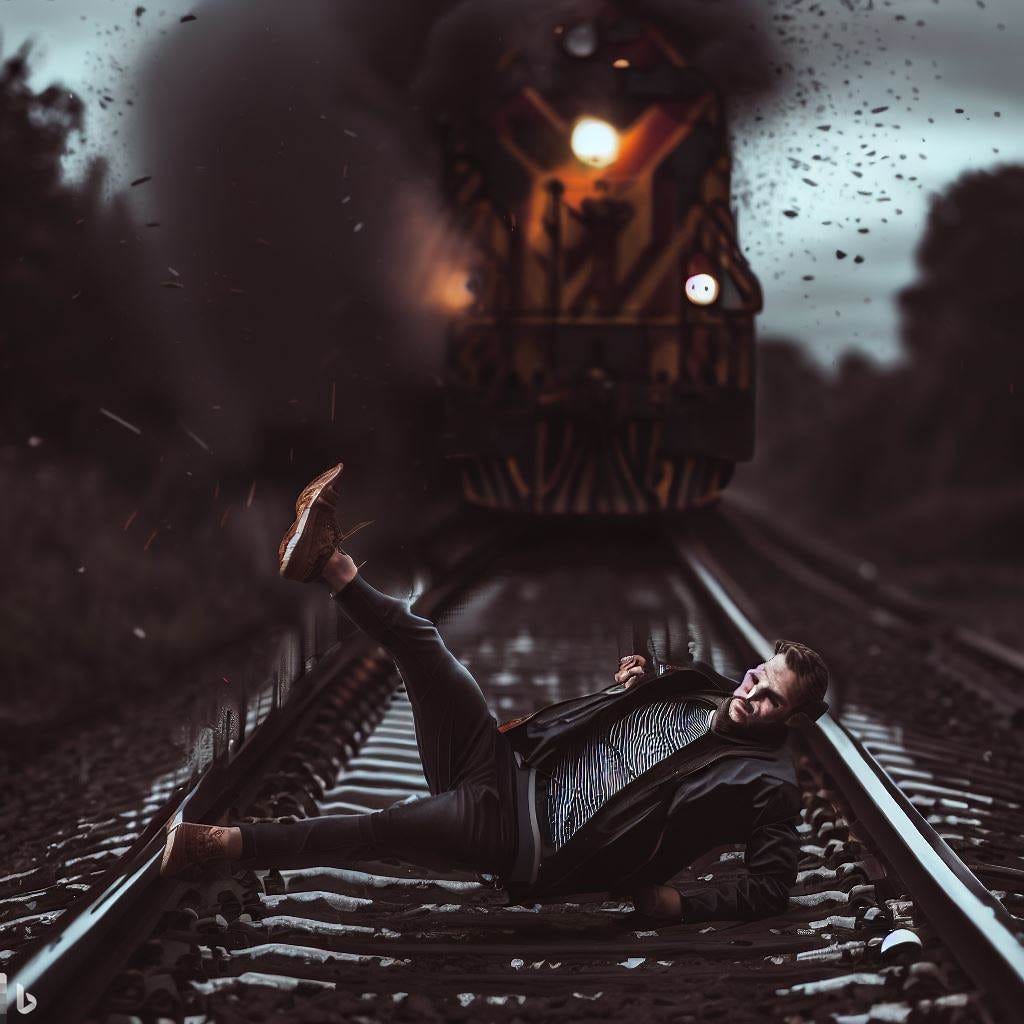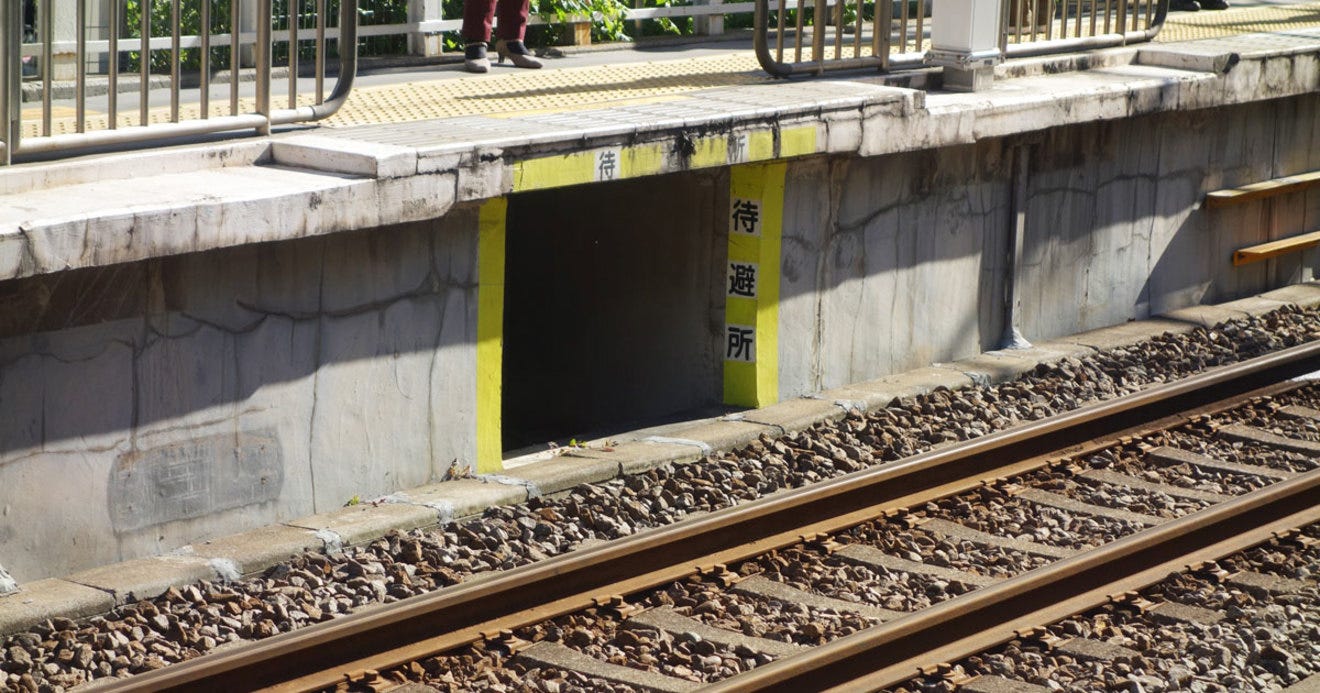What to do if you fall on the Train Tracks?
Imagine you’re on a fully packed train platform during peak rush-hour. You’re standing in front of the line while looking your phone screen, completely engulfed in replying to a work email. Out of the blue, you feel a forceful push on your right shoulder!
You spasm and completely lose your balance! Suddenly, you feel a hard object hitting your knees and your chest… You realize you have have fallen right onto the train-tracks!
What do you do now?!
The answer isn’t simple, but the split-second decisions in that situation could be the difference between life and death. Also, depending where you are in the world, the answer will be very different.
Either way, here are the most common things you should do if you fall onto the train tracks:
Watch the third rail
Before doing anything, watch out for a third rail on either side of the main running rails! Many tracks are lined with a lethal third rail, which powers subway cars with enough electricity to kill a person in an instant.
Emergency stop button
Probably the most familiar of safety features is the emergency stop button. As you might imagine, this is a big red button installed on columns at intervals on the platform and is often labeled “SOS” and “Emergency (train stop) button”. If you fall, other people have likely seen it and if the platform has such a button, they should press it right away.
Climb back onto the platform if possible
If there is no emergency button, or the train is too close to stop, the best way to safety is to climb back onto the platform. The height varies vastly by country, but is usually roughly 1 meter off the track bed. However, many people are not tall or limber enough to hoist themselves to safety. Sometimes, there are steps or ladders at the end of every city train platform. If someone who falls to the tracks knows which direction the train is coming from, they should walk between the running rails in the opposite direction toward the platform edge. But if you run towards the train, and it comes around a bend into the station, you’re dead…
Other areas of refuge
Riders who end up on tracks shouldn’t try to find cover in the space beneath a platform. Some of them have enough space to avoid being struck by a train, but some are smaller and people who duck under could be killed by metal shoes on trains’ exteriors that plug into the third rail.
However, if getting onto the train platform is not an option, many metro lines have dedicated shelter under some platforms. Sometimes these shelters take the form of a cubby hole carved out of the platform. In other cases, you may find that the top of the platform juts out over the rest of the platform, providing a space under the platform and away from the tracks.
As a last resort, get under the train
If a train is barreling toward you, an effective, albeit frightening option can be used: If you lay down flat between the two rails where the trains run, turn your head to the side, the train will pass right over you. This is not always the case, but for most trains, there’s enough clearance between that space, called the trough, and the bottom of a train.
This is definitely not a recommended tactic, but it has saved lives in the past. On the New York City Subway, a man named Wesley Autrey jumped to rescue a 19-year-old man who had a seizure and fell to the tracks. Autrey rolled the teen into the trough and lay on top of him. There was enough space for both to fit beneath as the train passed above them.
Conclusion
Falling onto train tracks is undoubtedly a high-stakes and daunting scenario that can quickly turn into a life-or-death situation. However, by equipping yourself with these crucial safety strategies, you can significantly improve your chances of survival and navigate these tense moments with confidence.
Stay vigilant for the dangerous third rail, encourage nearby passengers to hit the emergency stop button, and summon your strength to climb back onto the platform. If these efforts fall short, seek refuge in designated areas beneath platforms or, as a nerve-wracking last resort, lie flat between the rails with the train passing just above you.
Armed with these essential safety tips, you can embark on your daily commute with greater peace of mind, ready to tackle any unforeseen challenges while enjoying the ride.







